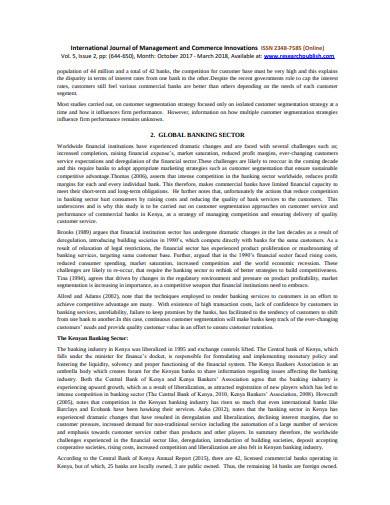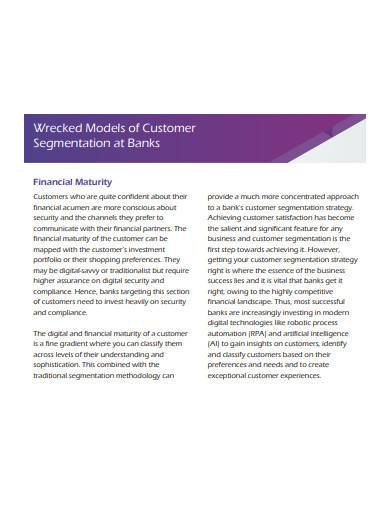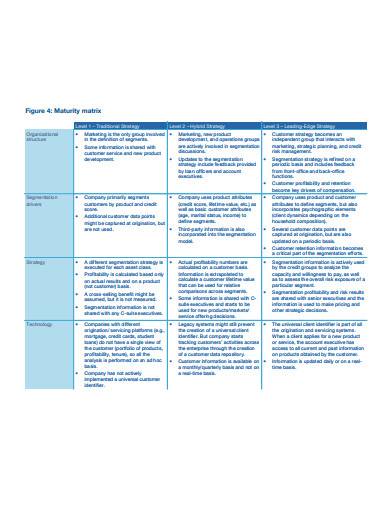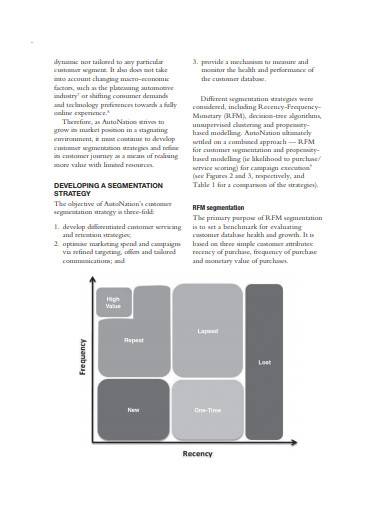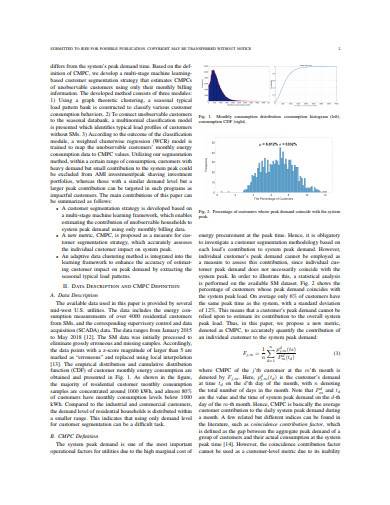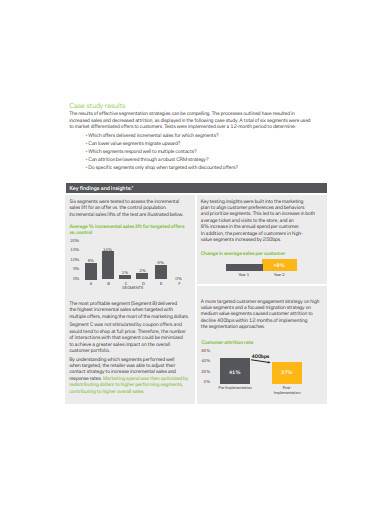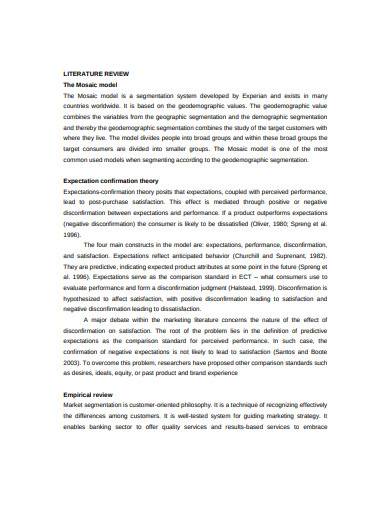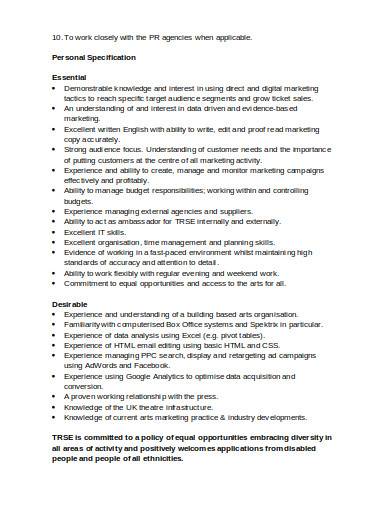Differences are what make people special. These differences make you unique from all the others. But that doesn’t mean you don’t share similarities with a select few. A little conformity never hurt anybody. When a group shares a characteristic that is different from the rest, they get to form a bond. These characteristics cause them to look for providers for their collective wants and needs. In the world of business, knowing the differences of your clients is essential for your company to grow. Not everyone will have a liking for your products and service, so you need a marketing strategy to help you find the right customers. One tool you can use is a customer segmentation strategy.
Customer Segmentation Strategy in a Gist
No product and service are ever equal. Some will be fond of what you offer, and others may not. That is why you need to separate those that do from those that don’t. One way that companies do this is by using a customer segmentation strategy. As the name describes it, customer segmentation is a way to separate customers into segments and groups with different needs. This also gets referred to as market segmentation because it divides the market into different parts for the company to conduct a comprehensive customer analysis on each cluster for a better understanding of their wants and needs. The company can use the data they uncovered to create strategic sales plans for each group.
Four Types of Customer Segmentation
Understanding your customers is an essential factor in ensuring the growth of your business. That is why you need to have an action plan to get to know them. If you want your company to last long in the corporate world, you need to try out a customer segmentation strategy. But since market segmentation deals with the differences of customers, you should also know the four different types of customer segmentation.
Demographic Segmentation
One way to segregate the people in your target market is by dividing them into their given demographic. This type of segmentation is popular because it is relatively easy to understand. You just need to get the facts about your chosen age group, family situation, ethnicity, and other factors. The information used and gathered in demographic segmentation is factual and statistical. To get data for this kind of segmentation, you just have to check out the statistics.
Psychographic Segmentation
If the demographic segmentation relies on facts, psychographic segmentation relies on subjective truths. This needs a little more market research to uncover who fits the characteristics and how you can deal with them. This type of segmentation studies personality traits, interests, attitudes, lifestyles, and other similar factors. The data for this type of segmentation depends mainly on the person and not on any basic information. Psychographic segmentation categorizes people based on their personalities.
Behavioral Segmentation
If demographic segmentation and psychographic segmentation look at the person for who he is, this type of segmentation looks at a person for how he acts. As the name suggests, behavioral segmentation categorizes people based on their behavior. This believes that a customer’s actions can relate to how he feels about your company. The main factors that this type of segmentation looks into are purchasing habits, spending habits, user status, and brand interaction.
Geographic Segmentation
The last and most straightforward type of customer segmentation for you to get to know is the geographic segmentation. You just have to find out the location of your customers to segment them and then create a marketing plan. It’s safe to assume that geographic borders serve as the lines that separate each section. Other than just the exact location, factors that companies look into include the zip codes, urban or rural, climate, and radius to a specific area.
10+ Customer Segmentation Strategy Samples in PDF | DOC
If you want to create the perfect sales strategy, you need to assess your customers. Not all customers will want your product. For the improvement of your business, you need to provide for markets that usually get underserved. This way, you can get the upper hand over your competition. To do this, you need to have a customer segmentation strategy. To give you more insight into what customer segmentation is, here are 10+ customer segmentation strategy samples you can look into.
1. Customer Segmentation Strategy Sample
2. Customer Segmentation Strategy Template
3. Bank Customer Segmentation Strategy
4. Customer Segmentation Strategy in PDF
5. Customer Segmentation Strategy Example
6. Sample Customer Segmentation Strategy Template
7. Basic Customer Segmentation Strategy Sample
8. General Customer Segmentation Strategy Template
9. Market Segmentation Strategy for Customer Example
10. Customer Segmentation Strategy Development
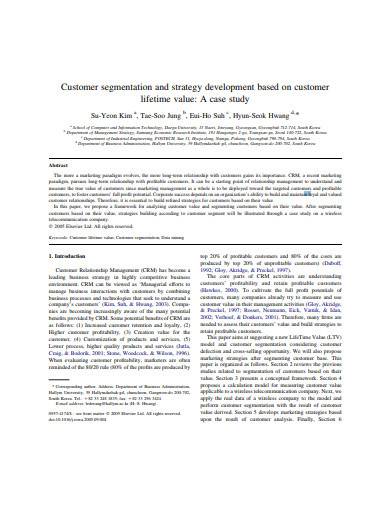
11. Customer Segmentation Strategy in DOC
Mastering Customer Segmentation Strategies
Being able to understand your customers can give you an edge in the business world. This gives you a chance to provide for all customers. That is why customer segmentation is essential. This helps you understand the needs of every kind of customer. To help you master your customer segmentation strategy, here are some steps to remember.
1. Analyze Existing Customers
Before you can invite new customers to try out your products, you need to provide for your existing clients. It would help if you studied what makes this work with your current market. Analyze the trends present in your current market and then submit a marketing strategy presentation. The data from your existing customers can help in giving you ideas to get new ones.
2. Create a Buyer Persona
In relationships, people have an ideal person. Even in business, companies have their ideal buyers. That is why when you have collected data about your clients, you must then create a buyer persona. A persona is like a fiction description of the type of person you want as your customer. This helps you visualize the kind of people you want your company to attract.
3. Identify Customer Segment Opportunities
Once you have identified who you want as your ideal buyer, you must then look for customer segment opportunities. Customer segments describe the trends of a particular group and can help you formulate various advertising plans. The way to do this is by asking questions about the company, and it’s vision. And then, you look to the market to see if anyone who fits what you are looking for.
4. Research on Potential Segments
The truth about drawing in customers is that you’re not there to blatantly sell a product. That is why you need to research potential segments to invite people to test out what you offer quickly. Finding sections to incorporate into your already existing market can lead to so much growth. But you must not forget to prepare a management plan when you finally find one.
When people come together to celebrate the things that make them different, they create a new norm. When you study these different characteristics and values and use it for your business, you will gain customers you never thought to please.
Related Posts
FREE 10+ Accident Sketch Parking Lot Samples in PDF | MS Word
FREE 7+ 30 60 90 Day Business Plan Samples in MS Word | Google Docs | Pages | PDF
Monograph
Key Log
Report Writing
Discharge Summary
Research Report
Sample Tender
Company Profile
Statement of Account
8+ Price Tag Samples in Illustrator | PSD | Publisher | Apple Pages
FREE 26+ Awesome Doctors Business Card Templates in AI | PSD | Publisher | MS Word | Pages
FREE 15+ Best Printable Envelope Templates in EPS
FREE 24+ Valentine’s Day Gifts for your Girlfriend
FREE 14+ Sample Valentine’s Day Crafts in PSD


